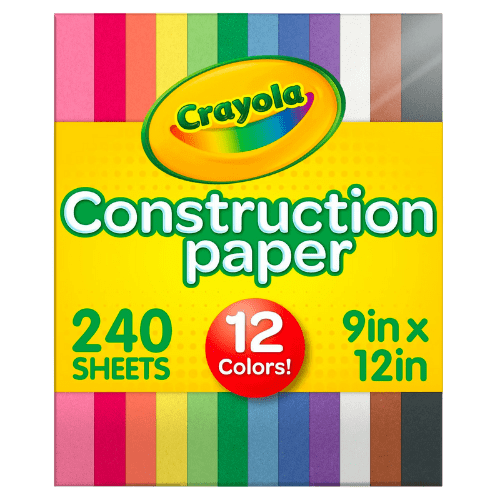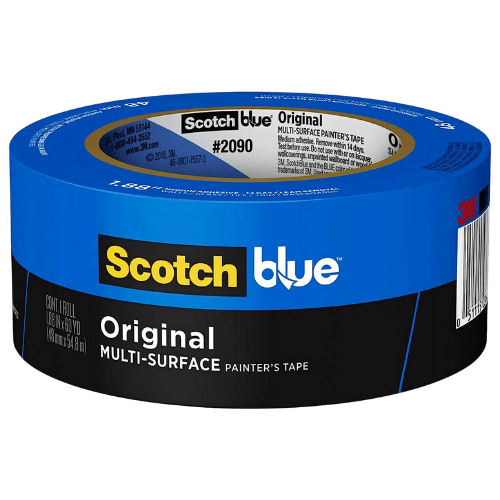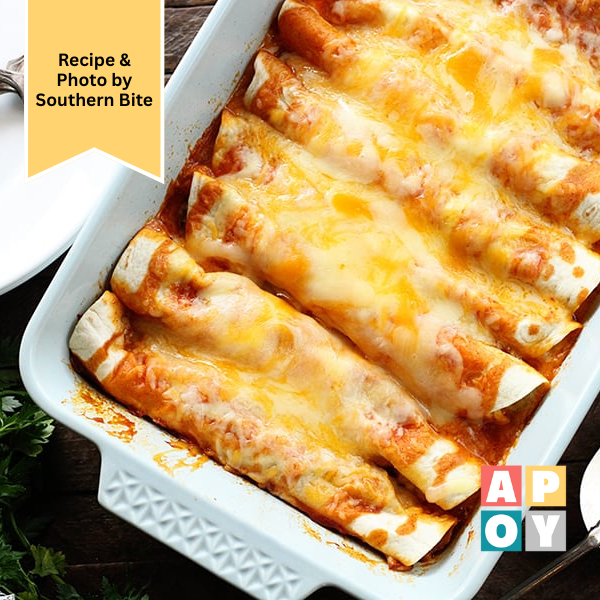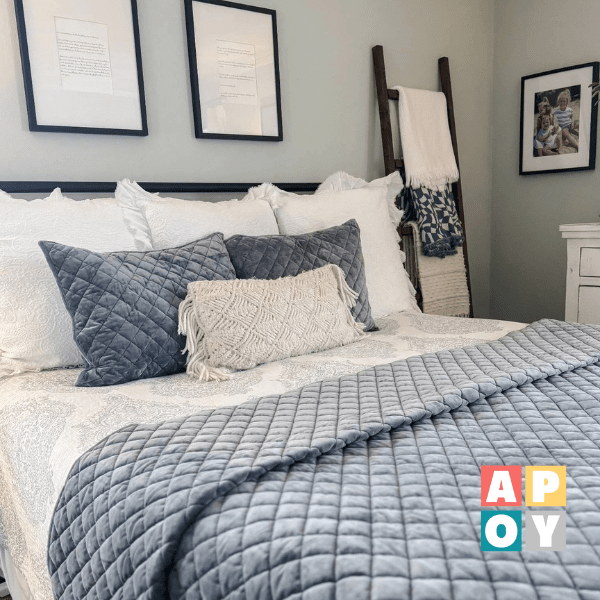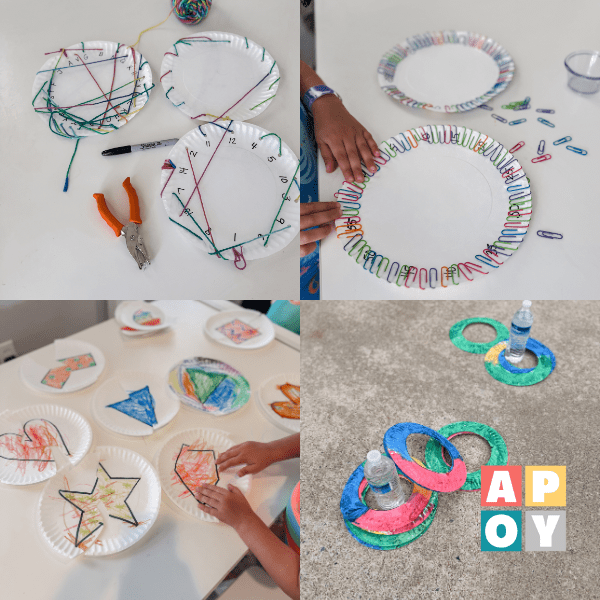Simon Says Shape Recognition Activity: Active and engaging Learning at Home
Turn learning into play with the Simon Says Shape Recognition Activity! This fun, movement-based game helps kids master their shapes while improving gross motor skills. Get step-by-step instructions, plus extra ideas to keep the learning going!
This blog post may contain affiliate links. When you make a purchase through these links, I may earn a small commission, at no additional cost to you. I only recommend products that I genuinely believe can benefit you and your family! Your support helps maintain and improve all things A Pop of You. Thanks so much!
TEACHING SHAPES THROUGH PLAY (WITHOUT IT FEELING LIKE A LESSON)
If you’ve ever tried to teach a toddler something while they’re mid-zoomie, you know one thing: sitting still is overrated. Luckily, learning doesn’t have to happen at a table. The Simon Says Shape Recognition game is a high-energy way to sneak in shape practice while your child hops, twirls, and marches their way to mastery. No worksheets required.
But before we dive into the game, let’s talk about why recognizing shapes is more than just a cute party trick.
WHY SHAPE RECOGNITION ACTUALLY MATTERS
At first glance, learning shapes might seem like basic preschool business. But it’s actually a foundational skill that plays a role in math, problem-solving, reading, and even sports. Here’s why:
- It Preps Kids for Math: Recognizing shapes is the first step toward understanding geometry, patterns, and spatial relationships. It’s basically the pre-game for everything from measuring ingredients to building block towers that don’t immediately collapse.
- It Builds Problem-Solving Skills: Spotting patterns, figuring out what fits where, and making connections between different shapes helps kids develop early logic and reasoning skills.
- It Strengthens Visual Discrimination: Being able to tell the difference between a circle and an oval now makes it easier to distinguish between a b and a d later. Reading, writing, and even recognizing faces all tie back to this skill.
- It Enhances Spatial Awareness: Understanding where things are in relation to each other (like realizing a triangle block won’t fit into a square hole no matter how hard you shove it) is key for everything from reading maps to playing sports.
- It Sparks Creativity: Once kids recognize shapes, they can start using them intentionally—whether that’s in art, construction play, or finally drawing a cat that doesn’t look like a potato.
SIMON SAYS: SHAPE RECOGNITION EDITION
This twist on the classic Simon Says game turns learning shapes into an active, engaging challenge. Here’s how to play:
WHAT YOU NEED:
- Construction paper in different colors
- Painter’s tape
- A child who’s ready to move
HOW TO PLAY:
- Cut out your shapes – Grab some construction paper and cut out big, bold shapes—circles, squares, triangles, rectangles. Bonus points for funky shapes like hearts or stars.
- Tape them to the floor – Spread them out in a large open space, making sure there’s enough room for movement.
- Explain the rules – Quick refresher: Your child should only follow a command if it starts with “Simon says.” If you don’t say “Simon says” and they do it anyway? Oops. That’s part of the fun.
- Start calling out actions – “Simon says, jump to the blue square!” or “Simon says, spin to the yellow triangle!” The mix of shape, color, and movement keeps their brain engaged.
- Throw in some curveballs – Try adding speed challenges (“Simon says find the circle before I count to three!”) or tricky combos (“Simon says touch the red triangle and the blue circle at the same time!”).
This game is simple, adaptable, and—best of all—burns off some of that endless toddler energy while reinforcing shape knowledge.
MORE WAYS TO TEACH SHAPES (WITHOUT MAKING IT FEEL LIKE SCHOOL)
Looking to mix it up? Here are a few more hands-on ways to build shape recognition into everyday play:
- Shape Hunt – Go on a scavenger hunt around the house or outside. “Can you find a circle? What about something shaped like a triangle?”
- Shape Sorting – Use household items (plates, books, blocks) and have your child group them by shape.
- Shape Art – Use the cut-out shapes from Simon Says to make collages, or let your child trace them to create their own masterpiece.
- Storytime with Shapes – Read books that highlight shapes (Brown Bear, Brown Bear or Mouse Shapes are great picks). Pause to point out and name the shapes in the illustrations.
- Shape Puzzles – Whether it’s a simple wooden puzzle or a DIY version made from cardboard, hands-on shape puzzles help with both recognition and fine motor skills.
LEARNING ON THEIR TERMS
The best part about these activities? Your child is absorbing new skills while playing, moving, and exploring—because let’s be real, forcing a toddler to sit still and memorize flashcards sounds about as fun as negotiating bedtime for the fifth time.
So, grab some construction paper, tape those shapes to the floor, and let the learning begin. Your child will be mastering their shapes before you know it—and if all else fails, at least they’ll be tired enough for an early bedtime!



Hey, I’m Katelyn, the “Achievably Extra” Mom! Join me for creative family fun and practical tips! Let’s inspire each other!




